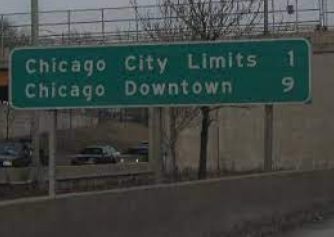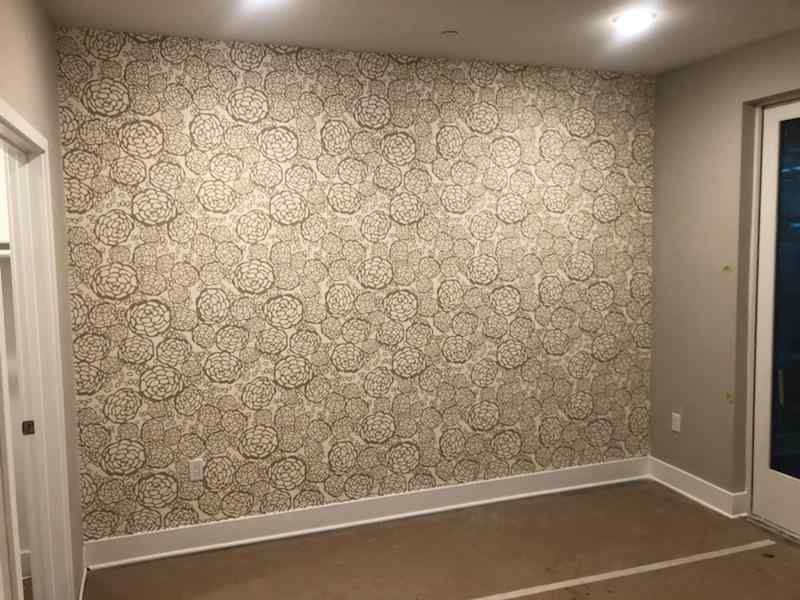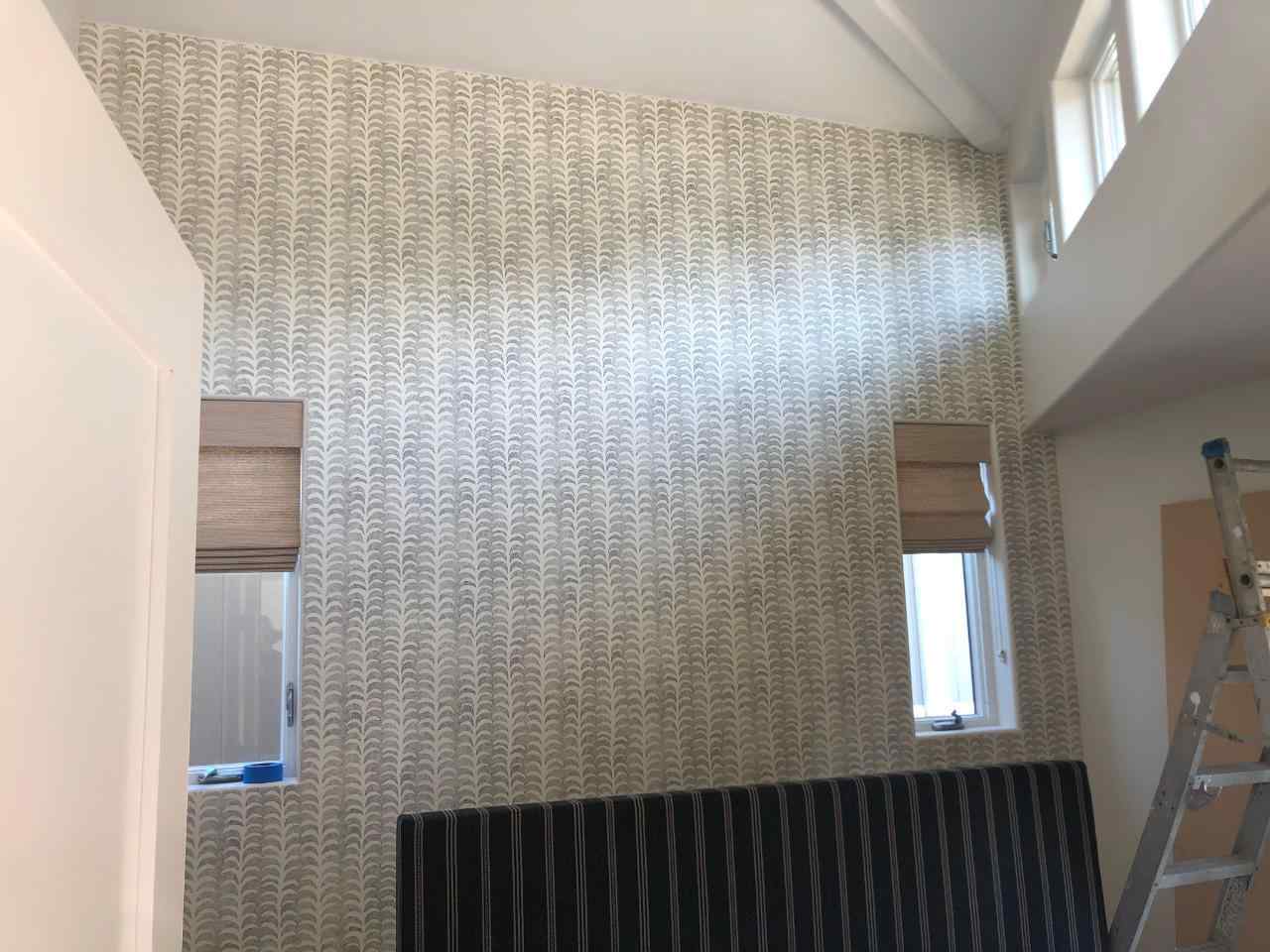Chicago Illinois Wallpaper Store Near Me
Chicago Illinois History & Facts
Chicago shih-KAH-goh, locally also is the most populous city in the U.S. state of Illinois and the third-most populous in the United States, after New York City and Los Angeles. With a population of 2,746,388 in the 2020 census,it is also the most populous city in the Midwestern United States. As the seat of Cook County (the second-most populous U.S. county), the city is the center of the Chicago metropolitan area, one of the largest in the world.
On the shore of Lake Michigan, Chicago was incorporated as a city in 1837 near a portage between the Great Lakes and the Mississippi River watershed. It grew rapidly in the mid-19th century by 1860, Chicago was the youngest U.S. city to exceed a population of 100,000. The Great Chicago Fire in 1871 destroyed several square miles and left more than 100,000 homeless, but Chicago's population continued to grow to 503,000 by 1880 and then doubled to more than a million within the decade. The construction boom accelerated population growth throughout the following decades, and by 1900, less than 30 years after the fire, Chicago was the fifth-largest city in the world. Chicago made noted contributions to urban planning and zoning standards, including new construction styles (such as, Chicago School architecture, the development of the City Beautiful Movement, and the steel-framed skyscraper).

Chicago is an international hub for finance, culture, commerce, industry, education, technology, telecommunications, and transportation. It is the site of the creation of the first standardized futures contracts, issued by the Chicago Board of Trade, which today is part of the largest and most diverse derivatives market in the world, generating 20% of all volume in commodities and financial futures alone.O'Hare International Airport is routinely ranked among the world's top six busiest airports according to tracked data by the Airports Council International.The region also has the largest number of federal highways and is the nation's railroad hub.The Chicago area has one of the highest gross domestic products (GDP) in the world, generating $689 billion in 2018.The economy of Chicago is diverse, with no single industry employing more than 14% of the workforce.It is home to several Fortune 500 companies, including Abbott Laboratories, AbbVie, Allstate, Archer Daniels Midland, Conagra Brands, Exelon, JLL, Kraft Heinz, McDonald's, Mondelez International, Motorola Solutions, Sears, United Airlines Holdings, and US Foods.
Chicago's 58 million tourist visitors in 2018 set a new record.Landmarks in the city include Millennium Park, Navy Pier, the Magnificent Mile, the Art Institute of Chicago, Museum Campus, the Willis (Sears) Tower, Grant Park, the Museum of Science and Industry, and Lincoln Park Zoo. Chicago is also home to the Barack Obama Presidential Center being built in Hyde Park on the city's South Side.Chicago's culture includes the visual arts, literature, film, theater, comedy (especially improvisational comedy), food, dance (including modern dance and jazz troupes and the Joffrey Ballet), and music (particularly jazz, blues, soul, hip-hop, gospel, and electronic dance music, including house music). Chicago is also the location of the Chicago Symphony Orchestra and the Lyric Opera of Chicago. Of the area's colleges and universities, the University of Chicago, Northwestern University, and the University of Illinois at Chicago are classified as "highest research" doctoral universities. Chicago has professional sports teams in each of the major professional leagues, including two Major League Baseball teams.
Famous Peoples From Chicago Illinois
Saul Alinsky
Saul David Alinsky (January 30, 1909 – June 12, 1972) was an American community activist and political theorist. His work through the Chicago-based Industrial Areas Foundation helping poor communities organize to press demands upon landlords, politicians, bankers and business leaders won him national recognition and notoriety. Responding to the impatience of a New Left generation of activists in the 1960s, in his widely cited Rules for Radicals: A Pragmatic Primer (1971) Alinsky defended the arts both of confrontation and of compromise involved in community organizing as keys to the struggle for social justice.
Saul Alinsky was born in 1909 in Chicago, Illinois, to Russian Jewish immigrant parents, the only surviving son of Benjamin Alinsky's marriage to his second wife, Sarah Tannenbaum Alinsky.His father started out as a tailor, then ran a delicatessen and a cleaning shop. Alinsky recalls that "finally he graduated to operating his own sweatshop," but that whatever business he had, the family "always lived at the back of the store".

Both parents were "strict Orthodox," their lives revolving "around work and synagogue." He himself was devout until the age of 12, the point at which he began to fear his parents would force him to become a rabbi. Although he had "not personally" encountered "much antisemitism as a child", Alinsky recalled that "it was so pervasive . . . you just accepted it as a fact of life." Called up for retaliating against some Polish boys, Alinsky acknowledged one rabbinical lesson that "sank home." "It's the American way . . . Old Testament . . . They beat us up, so we beat the hell out of them. That's what everybody does." The rabbi looked at him for a moment and said quietly, "You think you're a man because you do what everybody does. But I want to tell you something great: 'where there are no men, be thou a man'". Alinsky considered himself an agnostic, but when asked about his religion would "always say Jewish."
In 1926, Alinsky entered the University of Chicago. He studied under Ernest Burgess and Robert E. Park, "giants in America's first sociology department." Overturning the propositions of a still ascendant eugenics movement, Burgess and Park argued that social disorganization, not heredity, was the cause of disease, crime and other characteristics of slum life. As the passage of successive waves of immigrants through such districts had demonstrated, it is the slum area itself, and not the particular group living there, with which social pathologies were associated.Yet Alinsky claimed to be unimpressed. What "the sociologists were handing out about poverty and slums"—"playing down the suffering and deprivation, glossing over the misery"—was "horse manure."
The Great Depression put an end to an interest in archaeology: after the stock-market crash "all the guys who funded the field trips were being scraped off Wall Street sidewalks." A chance graduate fellowship moved Alinsky on to criminology. For two years, as a "nonparticipant observer", he hung out with Chicago's Al Capone mob (as they "owned the city", they felt they had little to hide from a "college kid"). "Among other things" about the exercise of power, what they taught him was "the terrific importance of personal relationships".Alinsky took a job with the Illinois State Division of Criminology, working with juvenile delinquents ("even tougher to get in with" than the Capone mob) and at the Joliet State Penitentiary. It was a dispiriting experience. If he dwelt on the contributing causes of crime, such as poor housing, racial discrimination or unemployment, he was labelled a "Red."
We also serve Aurora city.
Contact Us
PD&G Wallcover Inc.
Call Us: 949-487-9261
Email: deb@pdgwallcover.com
Commercial Wallcovering & Installation

Commercial Wallcovering is not simply creating pleasing aesthetics. Paint also provides a protective finish...
Residential Wallcovering & Installation

We offer proffessional wallpapering services for residential homes. Deb is available to help you purchase...
Why Us
✓ Dependable services
✓ 25 + years Experience
✓ FREE wallcovering consultations
✓ Free estimates
✓ Extremely Professional
✓ Friendly customer service
✓ Competitive Pricing
✓ Most reliable
✓ Wallpaper Simulator
Contact Us
PD&G Wallcover Inc.
Call Us: 949-487-9261
Email: deb@pdgwallcover.com
Why Us
- Dependable services
- 25 + years Experience
- FREE wallcovering consultations
- Free estimates
- Extremely Professional
- Friendly customer service
- Competitive Pricing
- Most reliable
- Wallpaper Simulator
Contact Us
PD&G Wallcover Inc.
Call Us: 949-487-9261
Email: deb@pdgwallcover.com







